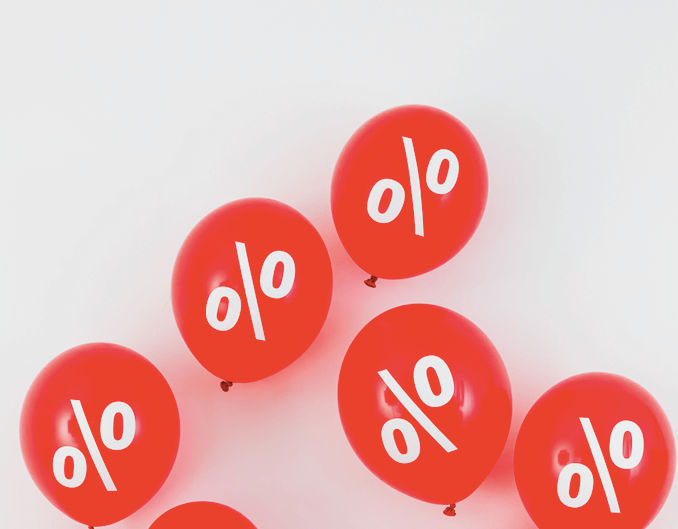
There’s a wide range of asset finance products, and for some business owners it can be hard to see the wood for the trees when looking for the right one for your firm. Asset finance is all about assets, and there are different scenarios where this type of funding could be a good option — whether you’re running a retail business, manufacturing goods, or offering services.
The assets involved can be almost anything – from ovens for a catering business to vans for a haulage company, or even coffee machines for a restaurant. However, there’s still some confusion about what exactly asset finance includes. Let’s take a look at a few different options and scenarios.
Equipment leasing
Let’s say your business is using IT equipment such as computers and telephone systems. Equipment like this is not only useful, it may be essential for your business. There’s only one downside — technology like this goes out of date very quickly.
If your business needs new laptops, CCTV, or EPOS systems, for example, equipment leasing could be a good way of getting new equipment with a lot of flexibility. Leasing is essentially a long-term hire of business equipment, so you can use the asset for an agreed period of time, in return for fixed monthly payments to the provider (‘lessor’) until the contract comes to an end.
It’s worth mentioning that in the long term, equipment leasing is almost always more expensive than buying the asset outright. However, because it’s accounted for as a business expense, the monthly fee can be offset against your profits and may have positive tax implications (although you should always check the detail with your accountant).
This type of finance comes with a lot of flexibility, because you can use the asset right away without having to pay a large amount of cash upfront. Additionally, you don’t have to worry about maintenance and insurance, which is usually taken on by the lessor, and you can regularly renew it and upgrade your business equipment to the latest model. This way your business can keep up with the fast development in technology.
Hire purchase
Another type of asset finance is hire purchase. Let’s say you’d like to purchase a new van for your firm, but don’t want to commit the cash in one go. With hire purchase, you can spread the cost and pay in more affordable monthly instalments to the lender. Bear in mind though, you’ll have to pay all the VAT and a deposit (normally 10%) upfront.
Unlike equipment leasing, you’ll own the van at the end of the contract, which leads to a few more things you’ll need to bear in mind. For example, you’ll take on the responsibilities of ownership such as insurance and maintenance, and with certain agreements the asset will appear on your balance sheet right away.
Put simply, hire purchase is more of a long-term solution, so you’ll need to think about where your business is going in the future, and whether you’ll need the asset in the long-term. This may also depend on what kind of asset your business needs. If it’s something that’s being updated regularly and your business will need the latest version, leasing might be the better choice, although you can of course sell the old asset and purchase a new one — it all depends on the specifics of your situation.
Finance lease
A finance lease, also known as a capital lease, is a type of equipment leasing, but with this one you’ll take on most of the risks and rewards of ownership. Your business can use the asset for most of its ‘useful life’ – but what does that mean in practice?
If you’re running a gym business, for example, you may be on the lookout for additional fitness and gym equipment. If you don’t have sufficient capital to buy it outright, finance leases will give you a primary rental period, where your monthly payments will add up to the total cost of the asset plus interest. As soon as the asset is near the end of its useful life, the primary rental period will be up. You’ll then have three options:
- Keep the asset and continue into a secondary rental period (usually with lower payments)
- Sell the asset and keep a share of the income
- Return the asset to the lessor
Basically, this means it’s a kind of hybrid of an operating lease and a hire purchase agreement. The choice will mostly come down to your specific tax position, so you should discuss the details with your accountant before making a decision.
Asset refinance
In this context, when we say refinancing we’re talking about getting a loan based on the value of assets your business already owns. This means that refinancing is always limited by the value of the assets you own, and lenders will also take your equity position into account (i.e. whether or not you own the item outright).
Here’s an example: let’s say you got a piece of machinery on hire purchase. It’s worth £10,000, you’ve already paid £9,000, so there’s only £1,000 left for you to pay. This means that you have £9,000 of equity in the asset.
In an asset refinance, the lender could offer you up to about 70% of this value — £6,000 or so — which you could use to pay the hire purchase firm the remaining £1,000 owed and still have £5,000 of funding left over for other business needs. That means even with money still to pay off to the hire purchase provider, you could raise finance against the asset.
Final Thoughts
Asset finance is a complicated area of business finance. Whether your firm needs to get new equipment or you want to raise working capital using existing items, Funding Options can help you through the maze of asset finance and find the most suitable option for your business.






